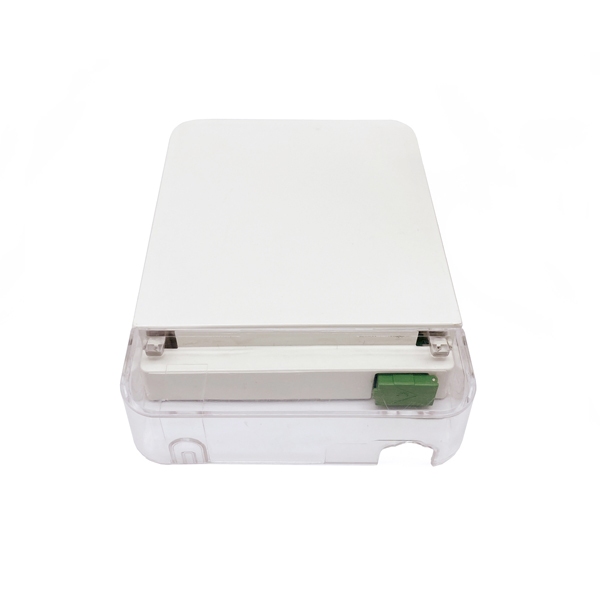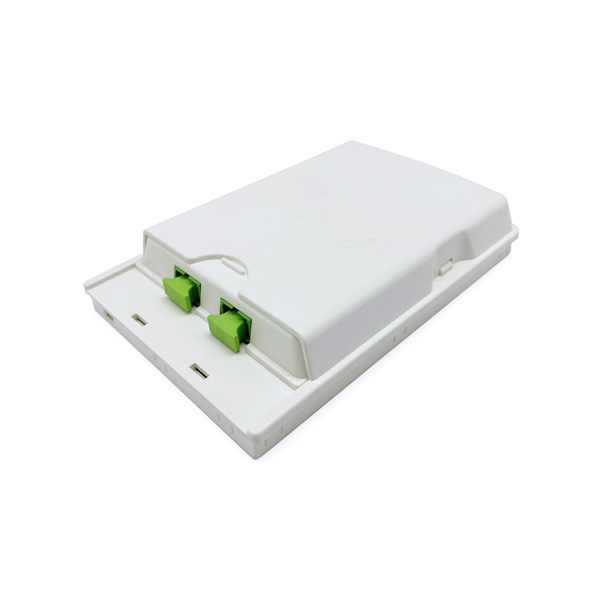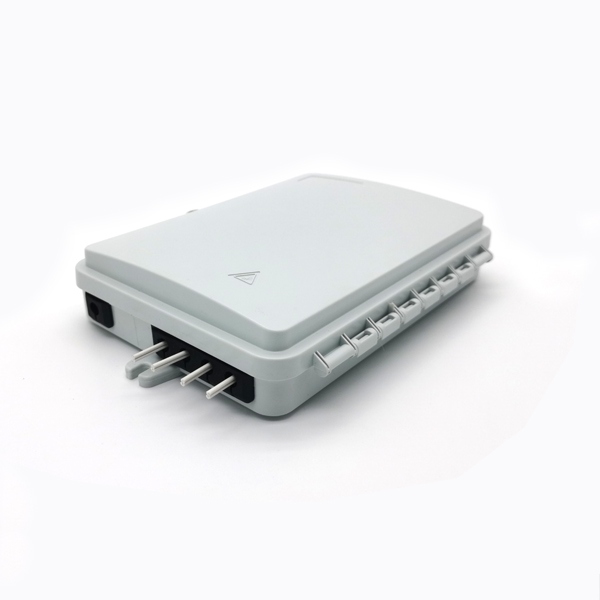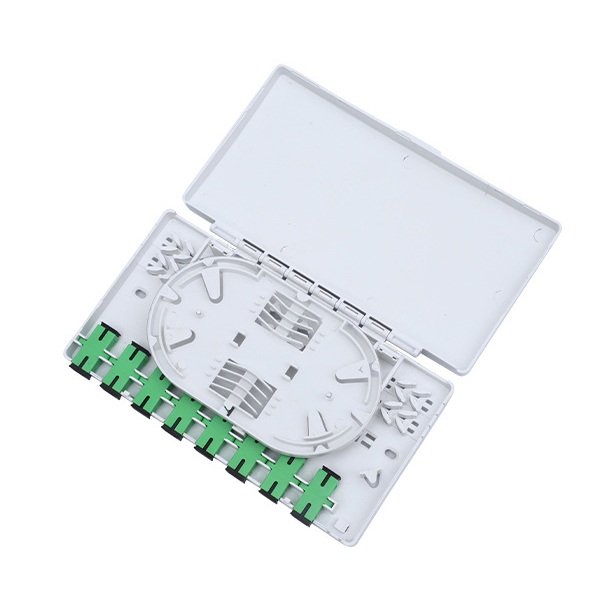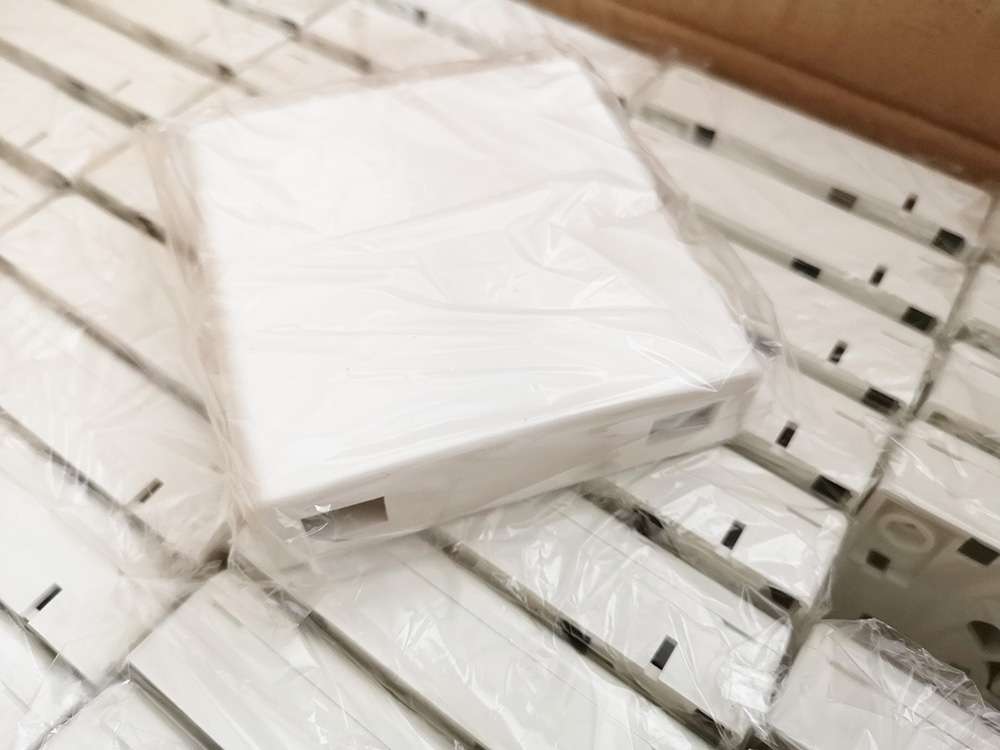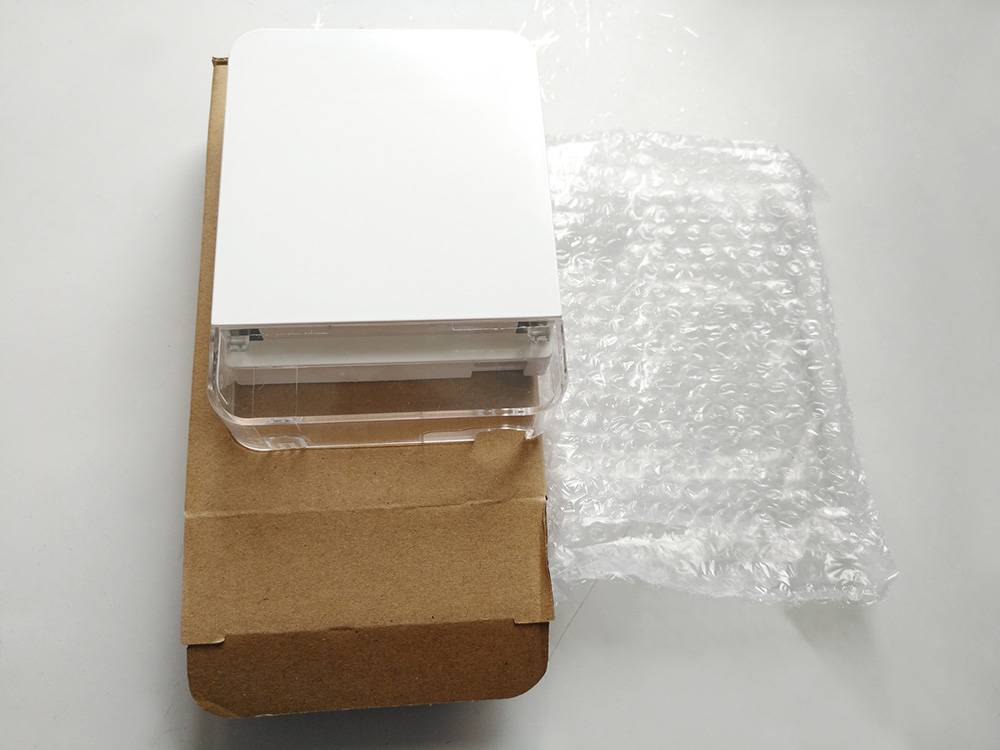Fiber Termination Box (FTB) also called fiber optic terminal box, fiber optic outlet or roseta fibra optica, it is a fiber box for indoor cable termination, storage and protection of pigtails fusion splicing in fiber termination tray. It mainly used for indoor fiber optic cable straight through connection and branch connection. The mounting method is wall mounted with screws or 3M double-sided tape. FTB fiber termination box are widely used in municipal and rural telephone network systems, data and image transmission systems, CATV cable TV series, FTTx, FTTH, FTTB, etc
Fiber distribution terminal are mainly divided into the 2 categories, one is indoor type, the other is outdoor type. Here we mainly introduce indoor fiber termination box, which make connection with the optical network unit and router to bring the fiber into every households. For more information about outdoor fiber termination boxes, please refer to “Fiber Distribution Box (FDB)”.
Fiber Terminal Box Types
To help customers find the correct box suitable for your project with less time and cost, YINGDA distinguish different boxes by part number starting with FTB for this series, for the smallest box, use FTB86, following A B C … is for different appearance and internal structure.
According to the fiber counts maximum used, it can be divided into 1 core, 2 core, 4 core, 6 core, 8 core, 12 core, 16 core, 24 cores or more. Fiber count is the same as the SC adapter quantity, if LC adapters, the fiber count will be double. Most popular FTTH box is fiber optic outlet wall mounted model: FTB86, 86*86mm, with different suffixes to indicate different styles.
Though indoor box fiber are always limited size, but some optical rosette configure with trays for fusion splicing too, which can hold the heat shrink tube or mechanical splicing sleeve in place.
Due to the home fiber termination box will be with a SC interface, that means there will be sc adapter / coupler holder design on every fiber optic outlet. It can be internal or external sides of the box; The cable enter the socket from the bottom or sides of the face plate. Below introduce only several types of fiber optic box, for more items, please contact us.
1 Port Fiber Termination Box
1 port roseta optica max hold 1 SC adapter or pigtail for fiber splicing and termination, compact size, ABS PP material, white color, flame retardant UL94 V0 optional.
2 Port Fiber Termination Box
2 port ftth wall outlet max install 2 SC adapters and pigtails, or 2 LC duplex adapters. Separate body and lid, ABS PP material, white color, empty or complete.
4 Port Fiber Termination Box
4 Cores OFC termination box are hot sale for multi fiber access terminal application, low rise residential or villa areas, indoor 3mm or drop cable 2x3mm cable optional.
8 Port Fiber Termination Box
8 Cores optical termination outlet is used as a termination point for the feeder cable to connect with drop cable in FTTx communication network system, mix fiber splicing, splitting, distribution in a fiber box,mostly wall mounted in floor, corridor.

Termination Box Production Process
All of Yingda’s products are made of brand new raw materials and all production processes are in accordance with strict execution standards. All products are shipped after 100% inspection and passing. Refuse to inferior quality products and unqualified products to impact the market or damage the interests of customers.





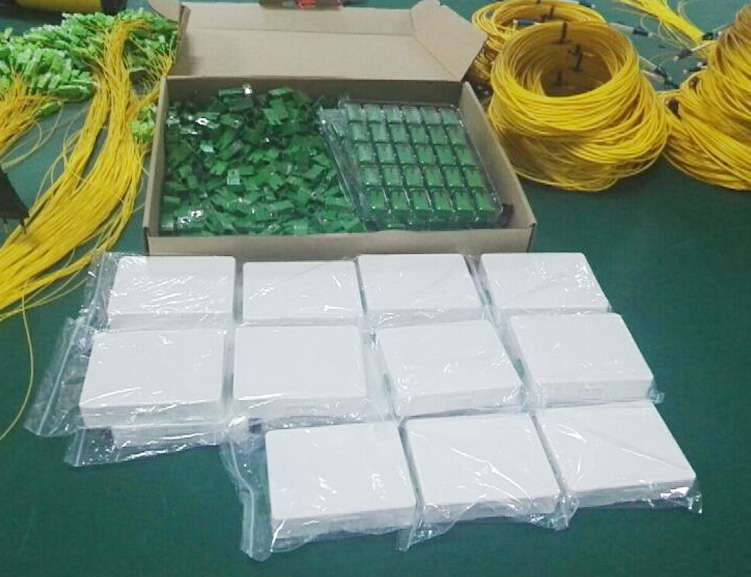
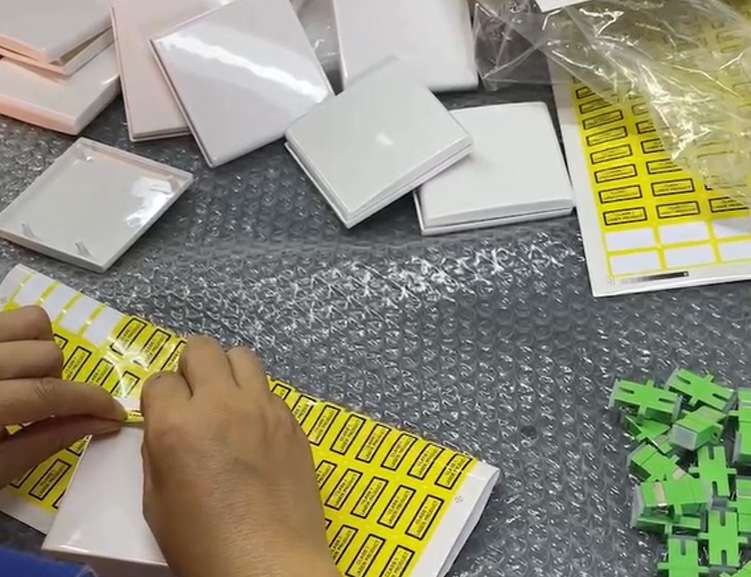


Fibre Terminal Box Features
Cable Fixing
After the fiber optic cable enters the terminal box, its outer sheath and reinforced core should be mechanically fixed, ground protection parts should be added, end protection treatment should be carried out, and the fiber optic should be grouped and protected.
Fiber Splicing
At user side, workers can fusion splice the optical fiber cable with pigtails in this fiber outlet with enough space, the excess fiber is coiled and stored, and the fusion splice is protected with fiber optic splicing sleeve or mechanical splicer if need.
Cable Distribution
The pigtail connector are inserted into the adapter to achieve optical docking with the optical connector on the other side of the coupler. The adapter and connector should be able to plug and unplug flexibly; the optical path can be freely deployed and tested.
Surplus Fiber Storage
Provide storage for various cross-connected optical cables between racks, so that they can be placed neatly and regularly. There should be enough space and ways in the fiber terminal box to ease cable wiring, adjustment, and can meet the minimum bending radius requirements.
FTTH Termination Box Internal Structure
Different wall outlet internal structure is different, some is only for fusion, some can be with end termination connectors SC LC; the cable wiring way can be direct connection or branch connectors as below:
Adapter Port Fiber Outlet
– Adapter type is mainly to connect the pigtails of the inside and outside of the box. Adapter mainly are SC LC, FC square type, simplex, duplex or quad maximum. The adapter is usually installed inside the roseta optica or on the slot or port of one side.
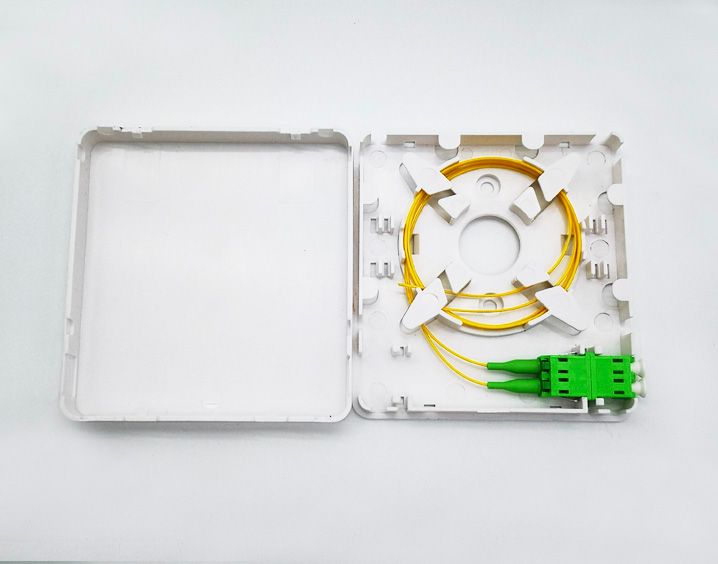
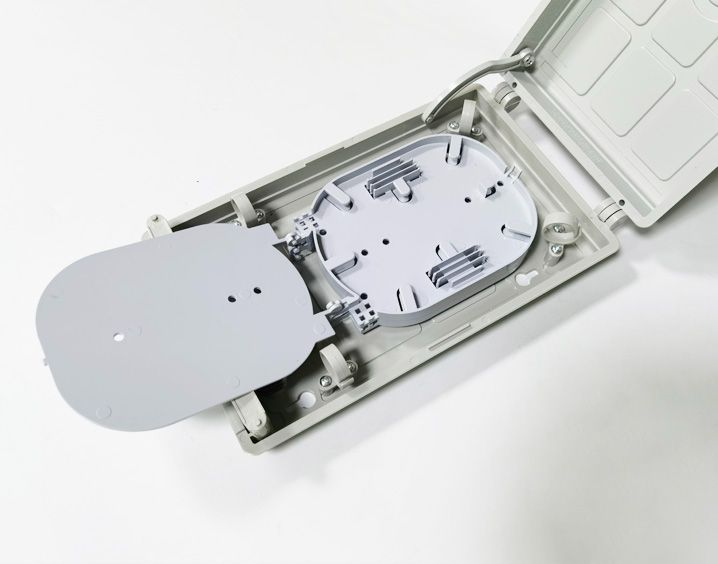
Fiber Optic Outlet For Fusing
– The non-adapter fiber outlet is generally used for direct fusion, fiber protection and storage. It can install larger fiber counts till 12 cores, 16 cores. There is splice cassette or heat shrink protection tube slots instead of adapter ports.
Branch Connection
– Divergent connection means that the fiber optic cable must be cut and then spliced or terminated with the fiber inside the box. The fiber count is relatively small, compact size, lower cost. it is a fiber optic terminal product which can be docked with a skin line or router, etc.

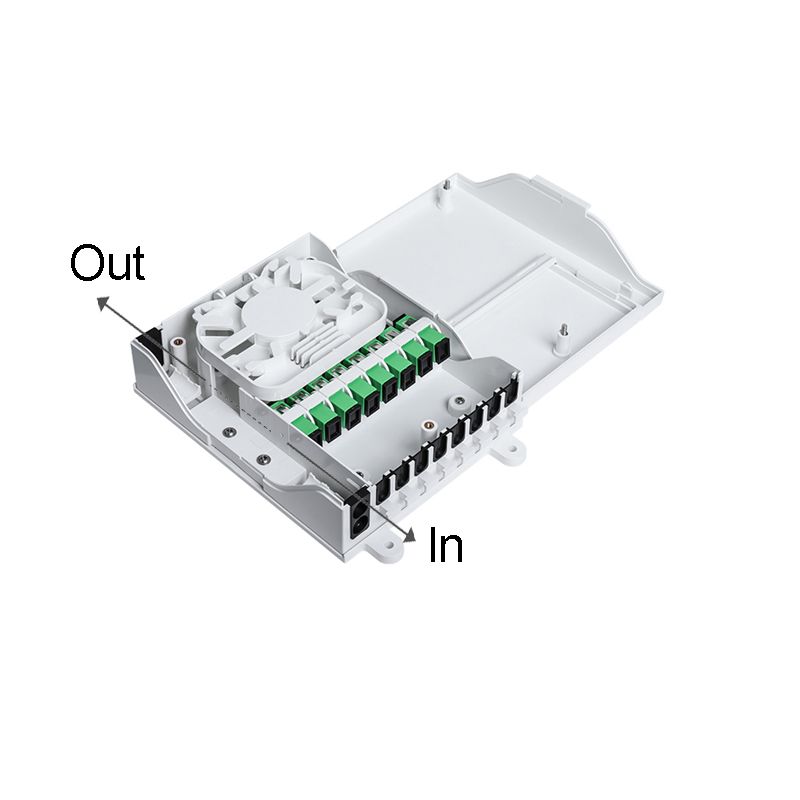
Direct Connection
– Straight-through cable connection means that the fiber optic cable can go through the ftth outlet without cutting off, the surplus fibers continue go to the next fiber optic node, which save wiring costs, convenient and quick construction, more fiber cores optional, suitable for use between floors.
Fiber Terminal Box Features
- Provide protection for connection of fiber optic cable and pigtails.
- Provide space for wiring and storage, easy to install and operate.
- The box with sufficient impact strength, easy installation in different use cases.
- Wall mount, desktop or direct channel place can be ok.
- Scope of application: 3.1×2.0mm skin cable or indoor fiber optic cable
- For home or work area (FTTD) fiber optic interface.
- Connection type: SC LC FC ST with common type adapter.
- Made of high quality ABS PC PP material with certain fireproof performance.
- With dust-proof device to prevent dust from entering.
- Output port: 1 2 4 6 8 12 24 etc.
Package Information
How To Open Terminal Box?
All fiber optic terminal box are closed before delivery, and total enclosed when use to prevent dust. Most of the FTB nap box can be open by hand, some need screw drivers or special lock.
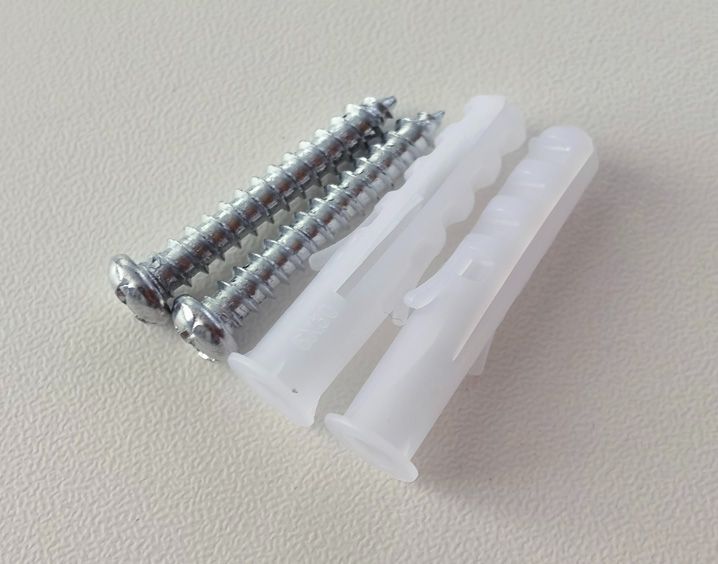
Spare Parts
If no special requirements, all FAT box is installed on wall, embedded in wall or desktop. So the standard accessory is Expansion Screws.
Optional Accessory
However, on side construction installation will need other tools for different application, for example, after fusion splice, will need heat shrink protection tubes to protect the fiber joints, nylon ties to fix the cable in place, buffer tube to protect the bare fiber bundles from broken. Furthermore, there may need sleeve slots if there is no slots while need this function, adapter blocks to prevent dust, etc.
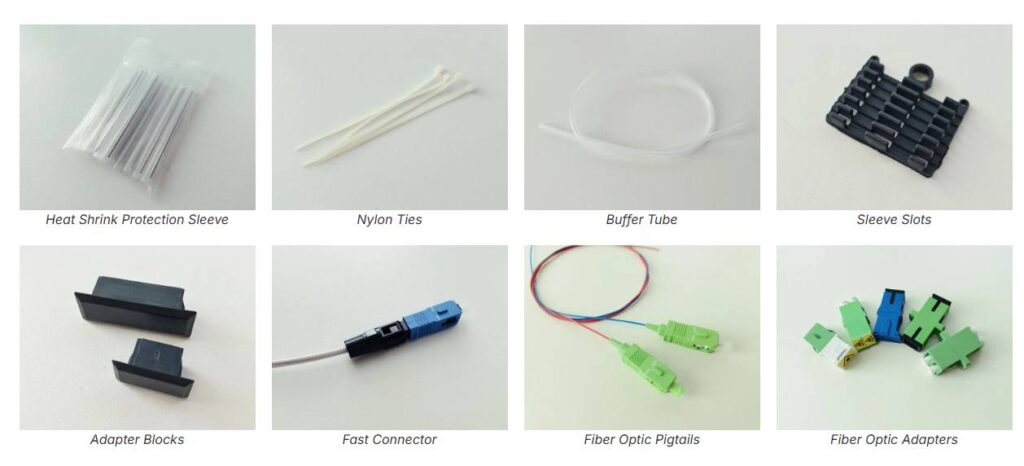
Frequently Asked Questions
What Is Fiber Termination Box?
Fiber optic terminal box as the name suggests is used in the fiber optic terminal access point, used for fusion, termination, storage, or fiber protection. There are many different shapes and capacity according to the usage scenario. Fiber Termination Boxes can also be called fiber optic splitter box, fiber optic face plate, socket panel, fiber wall socket, fiber optic outlet, which all belong to the category of termination box fiber optic.
What Tools Do You Need to Terminate Fiber?
Usually, will load with pigtails and adapters in the termination box at factory to save labor cost and freight cost, and the pigtails connectors already inserted into the adapter. There are input and output of the cables to make light go through the ftb fiber box.
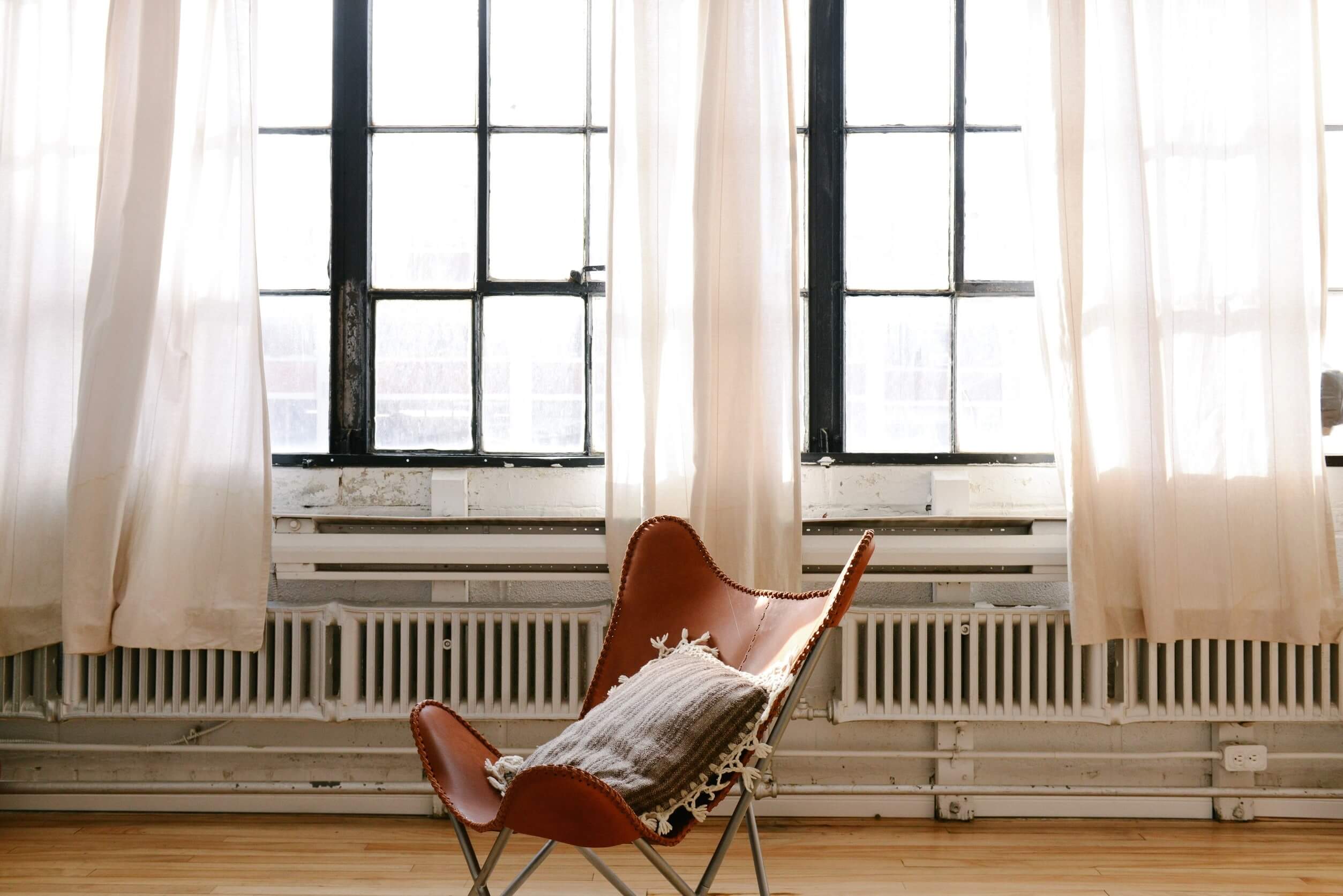
Input Side
The feeder cable go in and fusion splice with pigtails, and fix the fiber joint in the box heat shrink protection slots, where need the fusion splicer, fiber cleaver, fiber strippers, sleeve, kimwipes, and other tool kit. This Step may called Heat Fusion Splice.
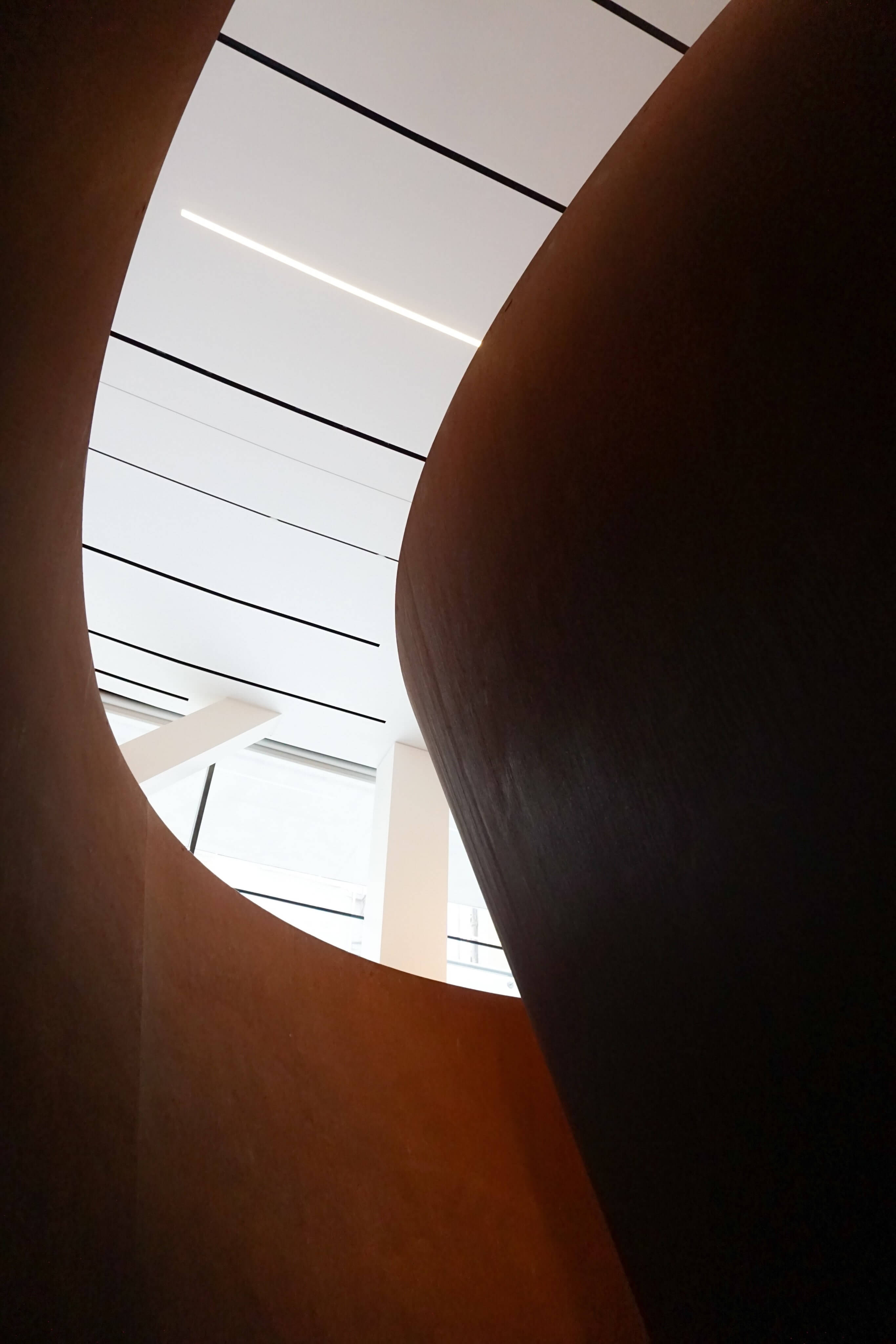
Output Side
Will pre terminated pigtails or patch cords or drop cable with fast connectors, where need: fiber cleaver, drop cable stripper, miller stripper, alcohol, or kimwipes, fiber cleaner pen. This Step may called Cold Mechanical Splice.

Whole Outlet
After completed fiber installation, we can use power meter, visual fault locators, or OTDR to test the optical performance like optical signals, fiber broken and attenuation loss.
How Do You Install A Fiber Termination Box?
Fiber Optic Termiantl Box is widely used in the floors, or office buildings or at home. So it is mostly wall mounted or desktop, The wall mount expansion screws are equipped with the box at factory, the wall mount holes are aleady at the back of the outlet, please drill mounting holes on wall, then fix the outlet, it is easy and fast to finish the installation. No need special tools or manuals. (see dotted line circle)

Can Use Shutter Adapters In FTTH Box?
Yes, Of course. Automatic shutter adapter is mainly used to stop dust from entering the adapter and contaminating the fiber end face, which is more convenient than the normal adapter dust cap and does not need to be removed and put on manually. It has the difference between front shutter adapter and side shutter adapter, SC shutter adapter and LC shutter adapter, single core shutter adapter, duplex shutter adapter, quad shutter adapters, which needs to be decided according to the actual demand and the structure of the box adapter port. Also like normal adapters, it has the difference between with flange and without flanges.
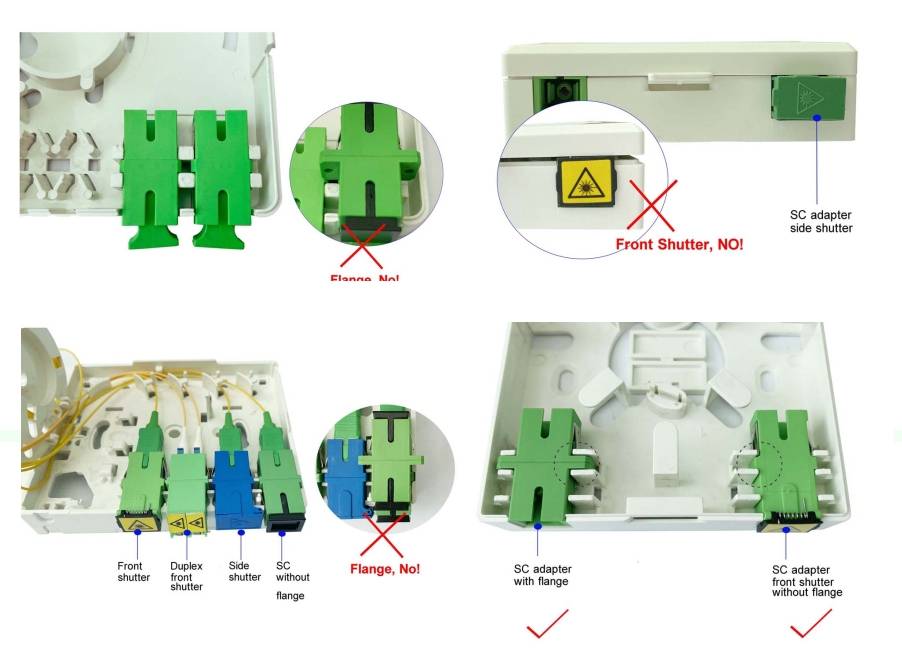
Can Use FC Adapter, ST Adapters?
Normally, fiber optic outlets are SC adapter port, it is rectangular. If use SC adapter, it is the same size as LC duplex adapter, so LC can be used too. If need FC or ST adapters, should use rectangular type.
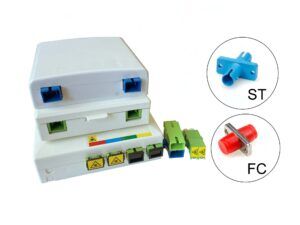
How Long Of The Fiber Optic Pigtails In Box?
If customer not specify, 1 meter will be enough, if cost limited, can be shorter, longer 1.5meter or 2mter is possible. Due to the small internal size, so the cable will be coiled inside, bend radius is very important to maintain good quality, suggest to use G657A1 or G657A2 fiber instead of G652D.
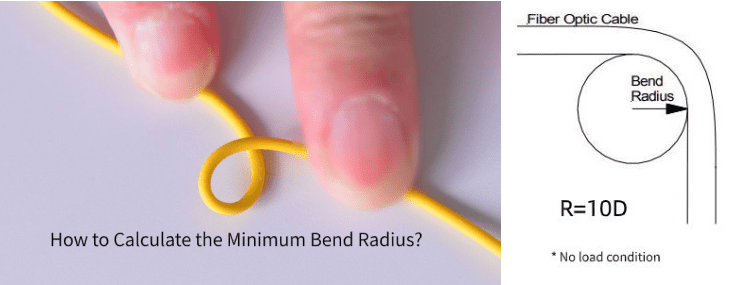
Do You Have Any Test Reports?
All of our products are made of brand new material, and our products have been tested by SGS environmental protection test report ROHS. To protect the environment, everyone is responsible.
If other test reports are required, we can cooperate with customers to verify within our own company or submit to third-party institutions for inspection. However, the customer must clearly inform the requirement in the order confirmation link. For different requirements, there will be slight differences in the ratio of materials used and the production process of the product. For example, flame retardant test, impact test, drop test, etc.
What Is The Best Material for FTB Box: PP ABS PC ?
Fiber optic terminal box is mainly used for indoor installation, there are plastic and metal material, at present we mainly analyze the plastic material. In fiber optic industry, plastic mainly has three kinds:PC PP ABS or several kinds of plastic mixed materials.
- Acrylonitrile Butadiene Styrene=ABS
- Polypropylene =PP
- Polycarbonate=PC
ABS vs PC, Which Is Better?
Polycarbonate (PC) is temperature resistant, and somewhat flame retardant/self-extinguishing. Acrylonitrile Butadiene Styrene (ABS) is a blend of three different plastic materials – Acrylonitrile, Butadiene, and Styrene.
When comparing, ABS vs Polycarbonate for patterns and colors, polycarbonate always wins. So at present, most fiber termination boxes indoor is ABS material, PC is mostly used in fiber optic splice closures which used outdoors.
PP vs ABS, Which Is Better?
Some properties of ABS are the same as the PP’s. At the same time, ABS also has some other properties that PP does not have.
ABS is impact resistant, which is better toughness than PP. The temperature resistance of ABS is also better than PP’s. Both ABS and PP have shiny surfaces, and the surface of ABS is shinier than PP’s.
To sum up, because the fiber optic terminal box is used for indoor environment, the requirements are not as high as outdoor. Therefore, the most used is PC + ABS alloy material. This material is better than ABS alone, not so strong as PC. The price of raw materials ABS PC PP tell the truth.
However, with the increasingly competitive market and the serious impact of the epidemic on the world economy, so the cost requirements are getting lower and lower, and currently many customers in the market can only accept the price of ABS material. There are lower requirements market may choose PP material too. But from the life span and possible maintenance comprehensive consideration, Yingda still recommend customers choose ABS + PC material.
Can You Meet UL94V0 Flame Retardant Standards?
It is ok. At present, the indoor face plate is not flame retardant. If customer need, the quotation and the finished product will be made according to the flame retardant standard UL94V0.
UL 94, the Standard for Safety of Flammability of Plastic Materials for Parts in Devices and Appliances testing, is a plastics flammability standard released by Underwriters Laboratories of the United States. The standard determines the material’s tendency to either extinguish or spread the flame once the specimen has been ignited. UL-94 is now harmonized with IEC 60695-11-10 and 60695-11-20 and ISO 9772 and 9773.
From lowest (Least flame-retardant) to highest (Most flame-retardant):
5VA: burning stops within 60 seconds on a vertical specimen; no drips allowed; plaque specimens may not develop a hole.
HB: slow burning on a horizontal specimen; burning rate < 76 mm/min for thickness < 3 mm or burning stops before 100 mm
V-2: burning stops within 30 seconds on a vertical specimen; drips of flaming particles are allowed.
V-1: burning stops within 30 seconds on a vertical specimen; drips of particles allowed as long as they are not inflamed.
V-0: burning stops within 10 seconds on a vertical specimen; drips of particles allowed as long as they are not inflamed.
5VB: burning stops within 60 seconds on a vertical specimen; no drips allowed; plaque specimens may develop a hole.

